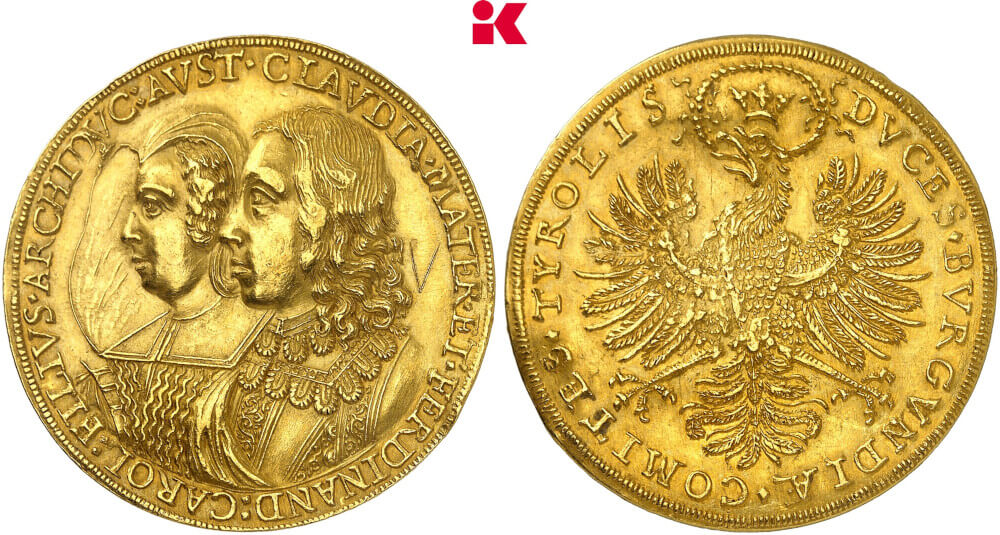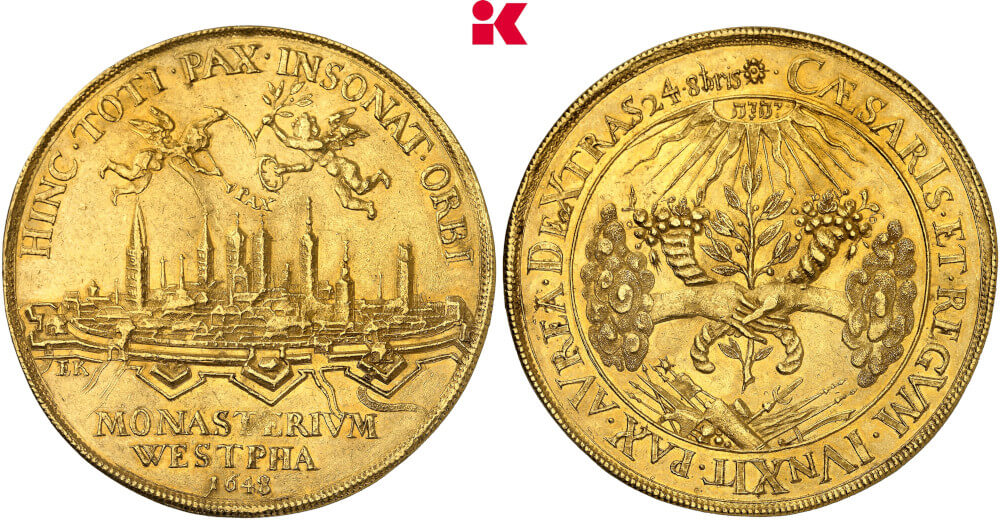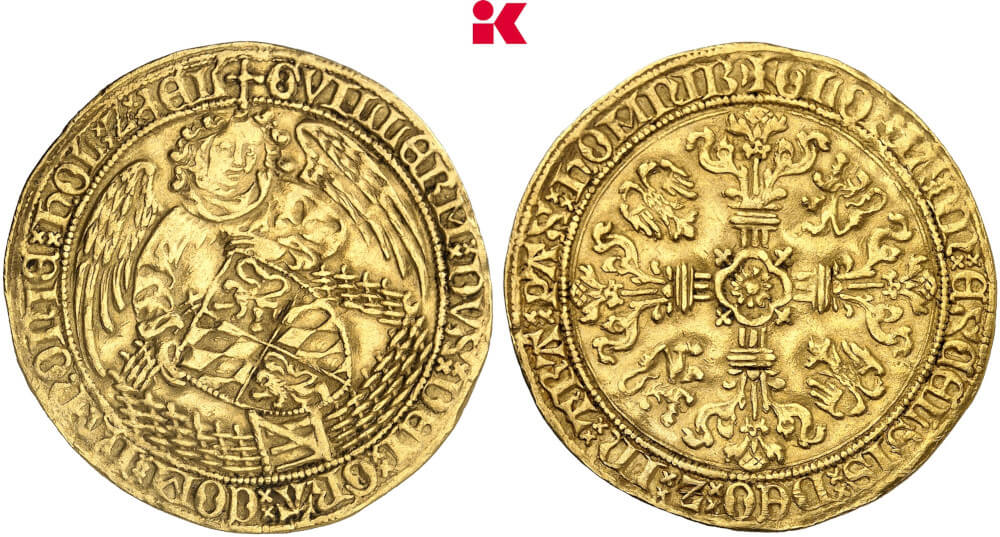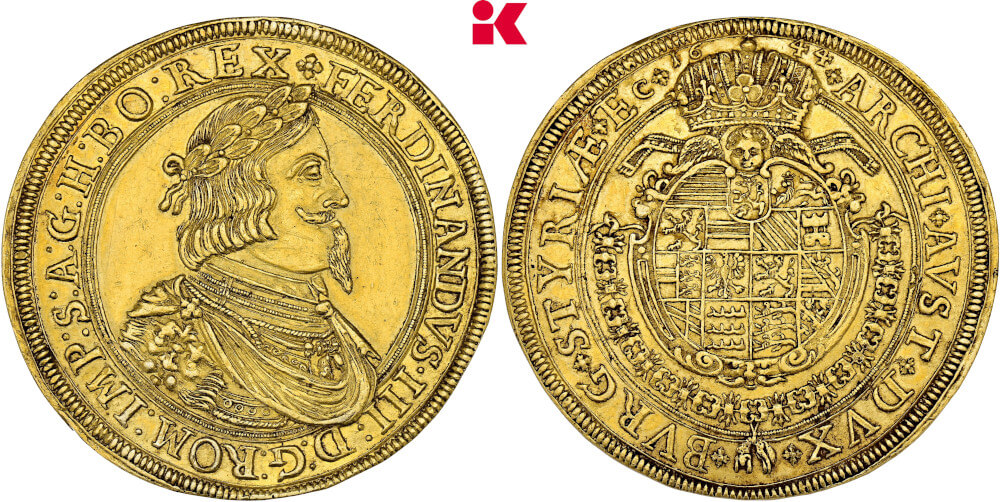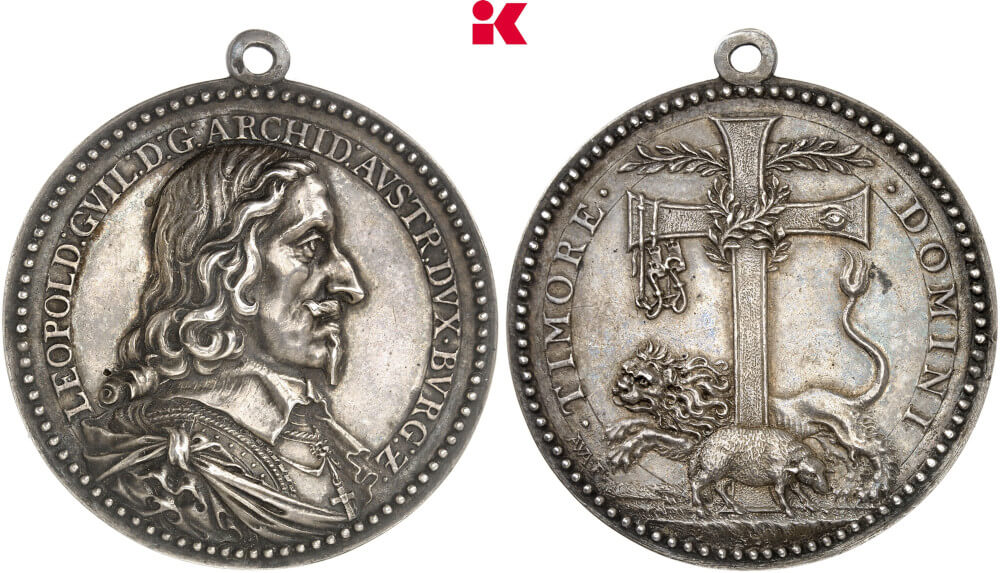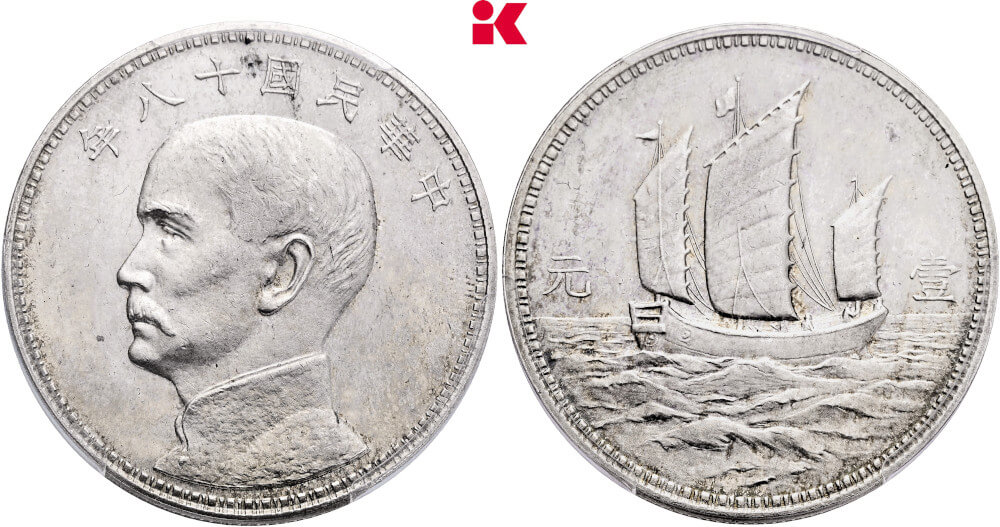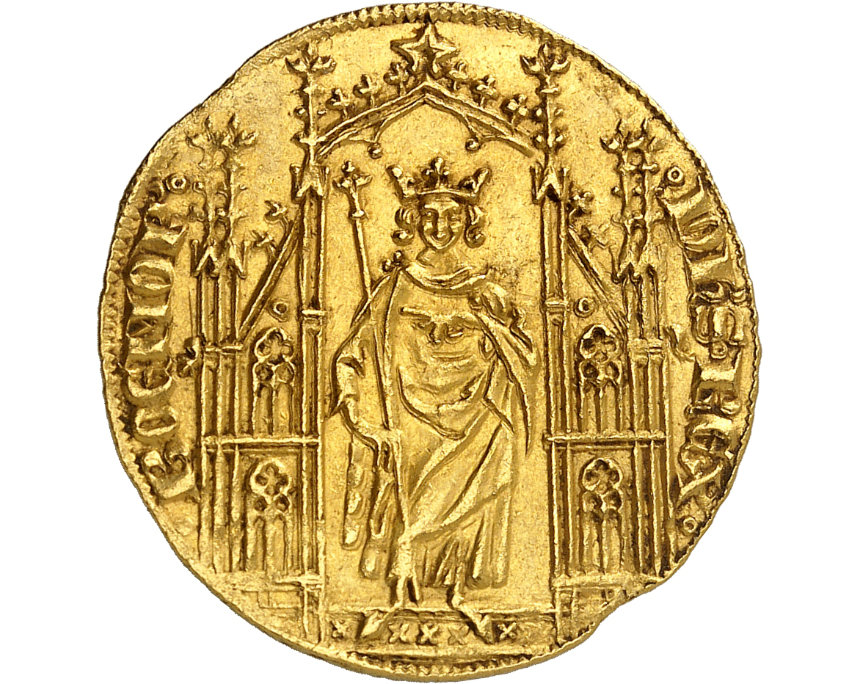Künker’s Berlin Auction Sale: A Total Hammer Price of 10.9M Euros on a Single Day
Künker
Auktion 400
Coins
1 February 2024
D-Berlin
Every year, Künker’s flagship sale with important numismatic rarities kicks off the World Money Fair in Berlin. This also held true in 2024. On 1 February, Künker celebrated a very special anniversary. More than a decade after the company was founded, Künker held its very first auction sale on 5 and 6 February 1985. This year’s Berlin sale was Künker’s 400th auction.
Attended by numerous coin dealers and collectors from around the world, 770 selected pieces from the German states as well as world issues were auctioned off. There was a lot of interest, and many bidding wars ensued. As a result, the auction did not end until 9.30 in the evening. 770 lots with a total estimate of 7.1m euros had realized 10.9m euros at this point.
In this review, we present the three lots with the highest hammer prices.

No. 686. Czechia / Bohemia-Moravia. John of Luxembourg, 1310-1346. Royal d’or n.d. (1337), minted for the County of Luxembourg. The only specimen on the market. Extremely fine. Estimate: 75,000 euros. Hammer price: 150,000 euros.
Top 3
The hammer price for this medieval rarity illustrates just how strong the Czech market for Bohemian coinage is. The royal d’or without year was minted in 1337 on behalf of John, King of Bohemia, Margrave of Moravia and Count of Luxembourg.
Today, we rather know John as the father of Emperor Charles IV, who issued the Golden Bull. In his time, however, John was one of the celebrities about whom the troubadours sang their songs. He was fascinated by the French culture of chivalry and spent more time at the court of the French king than in his own kingdom. He was a renowned jousting champion who embodied all virtues of chivalry. The royal d’or offered by Künker was minted on his behalf in 1337 for the County of Luxembourg, and perfectly illustrates his close ties to France. It had an impressive estimate of 75,000 euros and fetched an even more impressive hammer price of 150,000 euros. This should not come as a surprise – after all, it is the only specimen on the market. The style of this piece is strongly influenced by French coins issued at the time. By the way, most of us are rather bewildered by this chivalrous ruler today. The reason for this is how he died: although he was completely blind by then, he had himself led to the battlefield of Crecy to fight for France. He died there, and his contemporaries praised his death as the end of a true hero.

No. 642. Russia. Nicholas II, 1894-1917. 37 1/2 rubles (100 francs) 1902, St. Petersburg. Only 225 specimens minted. First strike, about FDC. Estimate: 150,000 euros. Hammer price: 160,000 euros.
Top 2
With a hammer price of 160,000 euros, we have one of the best-known and most coveted Russian rarities in second place. Only 225 specimens of this coin were minted. The provenance of this piece can be traced back to 1969. Nicholas II had his St. Petersburg mint produce these 225 coins according to the weight standard of the Latin Monetary Union, in order to give them as gifts to high-ranking dignitaries. The coin’s reverse depicts the Russian double-headed eagle, the circumscription consists of the two corresponding face values: 37 rubles, 50 kopeks and 100 French francs, the main currency of the Latin Monetary Union under French leadership.
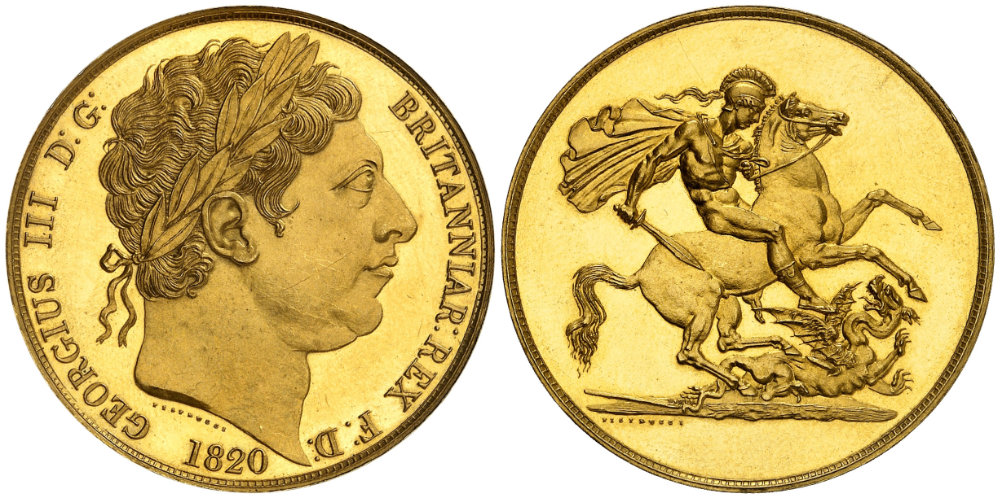
No. 497. Great Britain. George III, 1760-1820. 1820 5-pound pattern, London. Pattern with plain edge. NGC PF64*CAMEO (Top Pop). Only two specimens known. Proof. Estimate: 150,000 euros. Hammer price: 460,000 euros.
Top 1
Hardly any expert was surprised to see that the most expensive piece of Künker’s auction 400 turned out to be a British pattern for the 1820 5-pound piece with plain edge, depicting a portrait of George III on the obverse and St. George on the reverse. Its price tripled from an estimate of 150,000 euros to impressive 460,000 euros.
The market for British coins is booming, and this pattern combines several advantages. It is one of the rarest issues of the Royal Mint – we know that only 2 specimens of these patters with plain edge were created. In addition, the name of the most popular engraver of early modern times, Benedetto Pistrucci, can be associated with the piece. His depiction of St. George is an icon of British coinage.
Far less known is the fact that the Parthenon frieze inspired Pistrucci to create his depiction. Lord Elgin had enabled a small elitist circle to admire the work of art in order to promote its purchase by the British Museum.
We will publish a separate auction review for auction 401. If you have any questions, please do not hesitate to contact Künker, Nobbenburger Str. 4a, 49076 Osnabrück; phone: +49 541 / 962020 or via e-mail.







